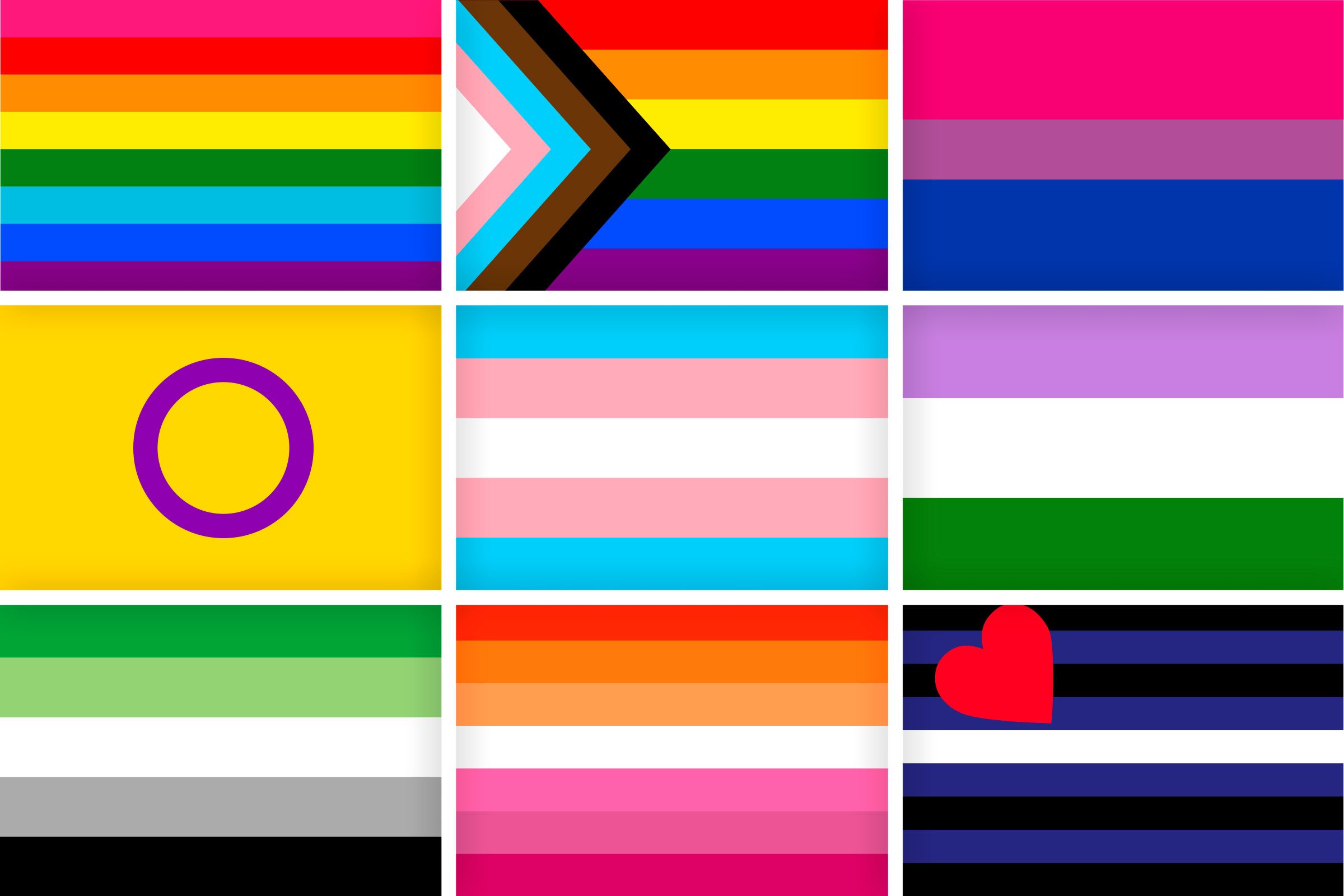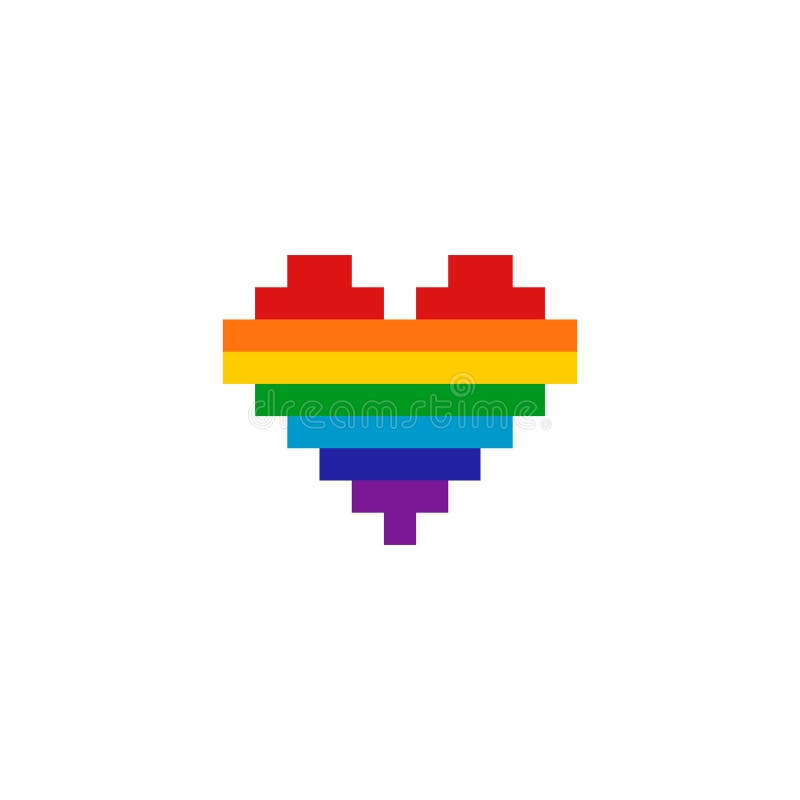Design Competition 2024 Pride LGBTQIA+
Table Of Content

Sarah has served on the AIA Atlanta Board of Directors and currently serves at the AIA Young Architect’s Forum Advisory Committee, Community Director. In telling stories through the lens of lived experiences, the hope is for this space to become yours and continue to grow as all of our stories are shared. We recognize that the voices of LGBTQIA+ professionals are not often heard or have space (and many times the safety) to be shared; our purpose is to change that. As we continue to discover connection and community beyond a blog, we look forward to sharing resources, discovering grassroots organizations, and celebrating your story. As for design’s role in this, she says it has been and will continue to be a tool for all to use – as she points out, a lot of design work now and in LGBTQ history has been done by those who aren’t necessarily professional designers.
Support Queer Artists
Specifically, nurses who temporarily left their employment due to childcare responsibilities had various reasons such as the absence of available childcare support. Especially in Japan, women often prioritize their childcare responsibilities over work commitments, or may feel societal pressure to remain at home and care for their children [46]. These cultural practices and norms could potentially elucidate their career hiatus. Therefore, family-friendly working conditions (e.g., flexible hours, location, childcare support) are vital for returning and sustaining work. This finding is consistent with previous studies indicating that workplace flexibility, which helps alleviate childcare concerns, is crucial for enabling nurses to sustain their work [28, 30, 35, 36].
The Pride Flag
Nurses are prominent double-duty caregivers, tending to family and patients [44]. The majority of our participants had children, reflecting the fact that in Japan, 55–66% of nurses are parents [16, 45]. Therefore, balancing family and work is crucial, regardless of career breaks.
How to write more inclusively
If you want to support the community, you can hit an important emotional nerve with art and design. For example, you could create an illustration with a strong message against discrimination and marginalisation. As she points out, graphic communication has always been an integral part of the queer community, and indeed much of the early work done by LGBTQ creatives in the 20th century feeds into the graphic language of the movement today. Ladyfingers Letterpress, a queer-owned letterpress and stationery store in Colorado Springs, got its start when the owner’s own “Mrs. Now, it’s a go-to spot for LGBTQ+ themed cards and a cute selection of subtle rainbow-themed gifts.
However, the factors that contribute to the retention of these returners have not been thoroughly investigated. For instance, Barriball et al. [33] and Elwin [27] investigated the experiences of nurses returning to practice, although their focus was primarily on the experiences within the Return to Practice Program, rather than the process of returning to the workplace itself. Conversely, Durand and Randhawa [34], Hammer and Craig [23] and Costantini, et al. [35] explored the experiences of nurses returning to work; however, they did not focus on the specific factors that facilitate retention. In fact, only a limited number of studies have endeavored to identify factors that facilitate the retention of inactive nurses.
The key findings facilitating their retention were preceptors fulfilling their learning needs [28, 31], support on nursing units [31], flexible working atmosphere [28], and re-building a new family life [28] or re-negotiation with both work and home life [36]. Nevertheless, these studies are based on a relatively small sample of five to eight nurses who have returned to practice, thus leaving the possibility that some factors remain undiscovered. However, it should be noted that despite the expressed intentions, many inactive nurses have faced challenges in returning to practice as well as in sustaining their employment [25]. Consequently, previous research findings have indicated that only 57–69% of nurses who completed the Return to Practice Program were able to successfully re-enter the nursing workforce [26]. In fact, the findings from a small-scale survey conducted in Japan revealed that 25% of nurses who participated in refresher programs and returned to work were unable to sustain their employment [32].
Pink, Baby Blue, and White Represent Trans People
A newer version of the Progress Pride Flag, designed by Valentino Vecchietti, was announced in June 2021. It includes a yellow triangle and purple circle inside of the chevron shape to represent the intersex community. As the gay rights movement gained steam, civil rights leader Harvey Milk asked Gilbert to create a symbol of the movement. For Pride month, we wanted to deep dive into the history of the Pride flag — an iconic design that has represented freedom and power for more than 40 years. The funder had no role in the conceptualization, design, data collection, analysis, decision to publish, or preparation of the manuscript.
City of Bellevue Looking for Artist to Design Art for LGBTQ+ Pride Intersection - Downtown Bellevue Network
City of Bellevue Looking for Artist to Design Art for LGBTQ+ Pride Intersection.
Posted: Tue, 31 Oct 2023 07:00:00 GMT [source]
The original hot pink color was removed from the pride flag because the fabric was difficult to find. Entitled Type with Pride, the font uses the rainbow colours of the flag for its colourful graphic language. Elongated rectangles overlay each other to form each letter, blending the colour where the shapes meet, to represent the "open and fluid" nature of the LGBT+ community. Taking over the UK capital on Saturday 7 July, the Pride march is an open celebration of the city's LGBT+ community, which encompasses lesbian, gay, bisexual, trans, queer, questioning, intersex, non-binary, asexual, polysexual, genderqueer and gender-variant people. The gender binary — male or female — does not apply to millions of people in the world today. Regardless of what you’re designing, or who you’re designing for, many of your users will not identify within this binary.

The history of the pride flag and tips for inclusive design
Its creator, Gilbert Baker, wanted to create something that would raise positive awareness of the LGBTQIA+ community. Baker’s Pride flag consists of bright colours that reflect the vibrancy of the community. The colours represent the diversity of the community, the spectrum of human sexuality and gender. Use different rainbow elements and motifs in your designs, soft pastels, and bold, bright colours, flags, and unicorns to raise awareness for Pride.
So, it’s imperative for all designers to include design elements that allow for representation of all people. As time has gone on, the community has created variations of the Pride flag to be more inclusive — including a more modern iteration, created by Daniel Quasar in 2018, called the Progress Pride Flag. KY designed this study under the supervision of MT. KY performed the data collection and the initial data analysis. All co-authors reviewed the manuscript and approved the final manuscript for publication.

On the 50th anniversary of UK Pride, we take a look back at the flag’s graphic design history, colourful development, and iterations across the decades. Microsoft previously created a version of the Pride flag that represented 19 different communities in 2021 and applied it to various products and packaging. The design featured eight different-coloured stripes – two more than are commonly used in the same flag today – creating a rainbow-like appearance that was meant to evoke a feeling of hope. Microsoft, which says the project was created by its LGBTQIA+ staff, released an earlier version of the flag during Pride month in June and has now updated the design and made it open source. Microsoft has created a kaleidoscopic new version of the Pride flag that represents 40 different LGBTQIA+ communities and can evolve to include even more.
The successful completion of the readjustment journey played a pivotal role in bolstering the participants’ confidence, and encouraged them to envisage future professional goals. The reintegration of these nurses into the labor force holds significant importance in addressing the nursing shortage in Japan in particular. Japan is currently facing the challenge of a super-aging population, with 29.0% of its total population being 65 years and older [12]. This demographic shift has imposed increasing demands on nursing professionals, as older people often experience multiple chronic illnesses that result in physical and cognitive decline [13], necessitating substantial medical support and assistance in daily activities. However, the declining birth rate in Japan has led to a decrease in the number of students enrolling in nursing schools since 2018 [15].
Gilbert’s original meanings for the colours are as follows; hot pink for sexuality, red for life, orange for healing, yellow for sunlight, green for nature, turquoise for art, indigo for harmony, and violet for spirit. Now ubiquitous, the rainbow flag once looked quite different – though it’s always had the ambitions of the LGBT community at its heart. Though the Progress Pride Flag has not completely replaced the old six-color rainbow flag, it has taken over in many spaces. Where the rainbow flag gives a message of supporting LGBTQIA+ people, the Progress Pride Flag offers the message of supporting all of them. Additionally, the black and brown stripes are meant to represent people living with HIV/AIDS, those who have died from it, and the stigma around the virus that is still present in our society now. It wasn't until recent years that our society acknowledged that the pride movement originated thanks to Black trans activists such as Marsha P. Johnson, who notoriously fought back against police at the Stonewall Inn in June of 1969.
Chris is the executive director of MOTHA, the Museum of Transgender Hirstory & Art, an institution highlighting the contributions of trans art to the cultural and political landscape. MOTHA asks audiences to think critically about the visual history of transgender life, and how to compile a comprehensive history of an identity category for which the language is still new and rapidly evolving. MOTHA uses exhibitions, poster graphics, performances, and a virtual artist residency program all to further their mission. It had eight colours and was designed by the artist and queer activist Gilbert Baker who was commissioned to design something that could represent the LGBTQ community by his friend Harvey Milk, the first openly gay elected official in California. As understanding of sexuality and gender has expanded, so have variations of Gilbert’s six-colour original.

Comments
Post a Comment